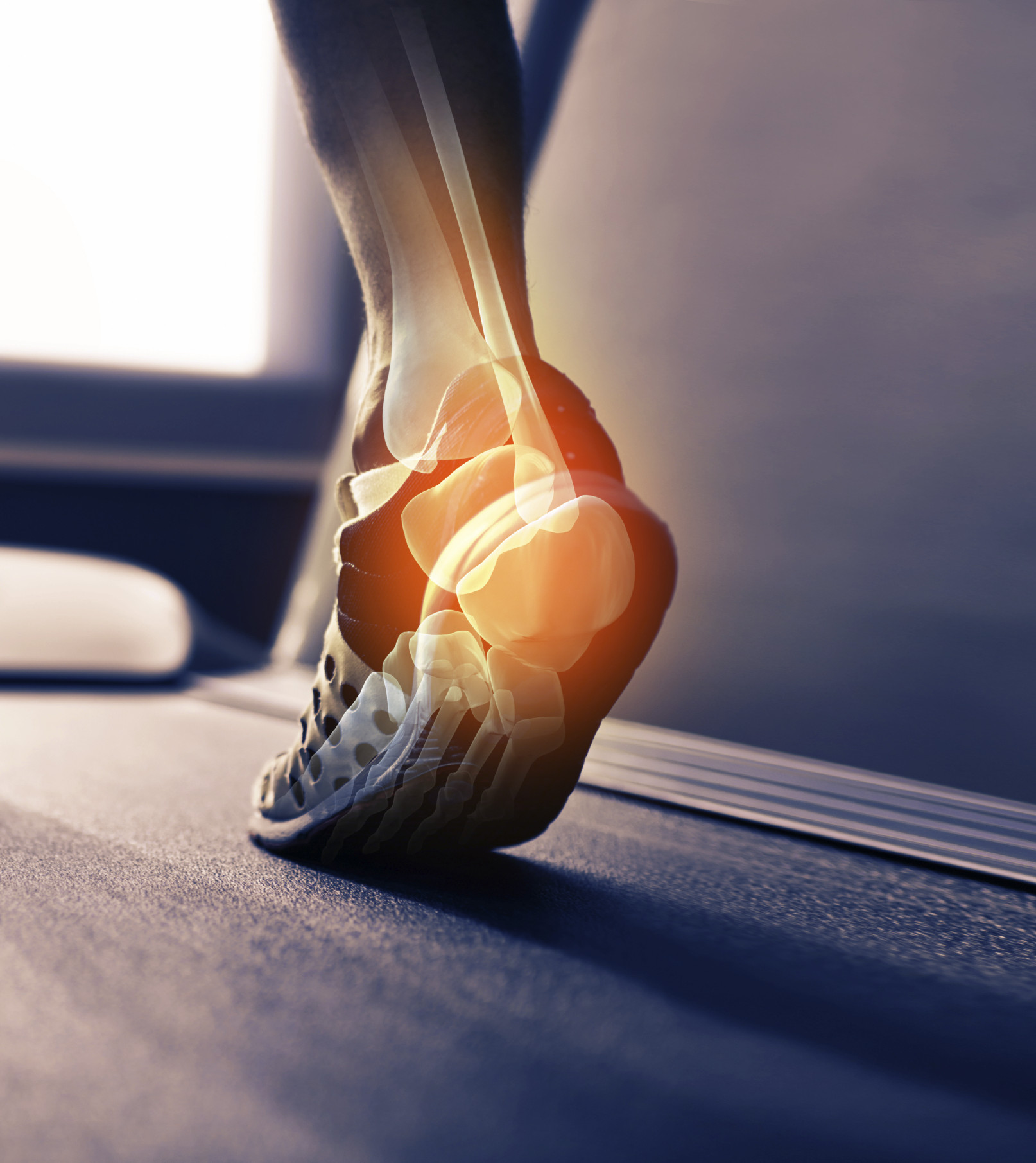Common Running Injuries and How to Avoid Them
With outdoor walking and running season in full swing, many people may find themselves dealing with pain or injury. These issues should always be taken seriously, so don’t ignore them or convince yourself they’re no big deal.
But, what causes these common running injuries?
- “Runner’s Knee” (Patellofemoral Pain Syndrome) – This injury can result from repetitive downhill running and causes pain in the kneecap from the strain on your quadriceps and tendons. If your normal running route has you frequently heading downhill, alternate paths to lessen the strain on your knees.
- Achilles Tendinitis – If you start feeling pain or stiffness along the Achilles tendon (lower back of your calf), you might have Achilles tendinitis. To avoid this, try to be aware of your limits. Increase the distance you run gradually, avoid excessive uphill running, and keep the number of miles you run each week at a reasonable amount for your level.
- Iliotibial (IT) Band Syndrome – This is the technical term for the sharp pain radiating from your outer hip to your knee. It can be caused by thigh muscle imbalances – such as having overdeveloped quadriceps and underdeveloped hamstrings. At first, you might only notice the pain while running, but if not treated, the pain will eventually progress to when you walk, sit, and use stairs. To help prevent this, rest for a few days if you start to feel pain on the outside of your knee and decrease the number of miles you run.
- “Shin Splints” (Medial Tibial Stress Syndrome) – Improper running form, such as inward rolling of the foot, can cause excessive stress on the lower leg, resulting in intense pain. Check the treads of your shoes for uneven wear on one side of the sole as that’s a sign of improper form and potential future shin splints.
- Plantar Fasciitis – Sharp, throbbing, or searing pain in the foot can be caused by tearing and stretching of the plantar fat pad (balls of your feet). It decreases the shock absorption, and that degeneration can happen because of age, high arches, inappropriate shoes, a tight Achilles tendon, and improper training while running. The best way to combat this is to replace your old shoes regularly, and to make sure your running form is correct.
If you encounter any of these symptoms, rest, ice the affected area, and apply non-steroidal anti-inflammatories. A physical therapist or other medical practitioner can help determine a plan for rehabilitation.
To avoid future injury, work with a fitness professional to develop a plan to correct muscular imbalances, learn proper running form, and avoid overtraining. This will help make running safer and more enjoyable!
Reynolds and Reynolds is committed to wellness as a way to help employees develop healthy habits that help them be more productive and engaged, both professionally and personally.

















